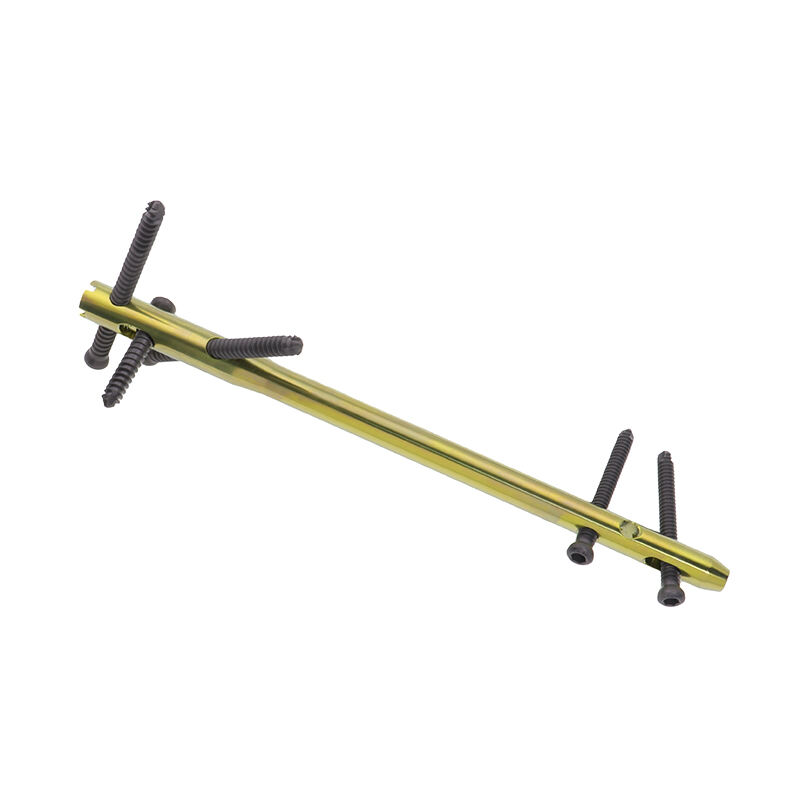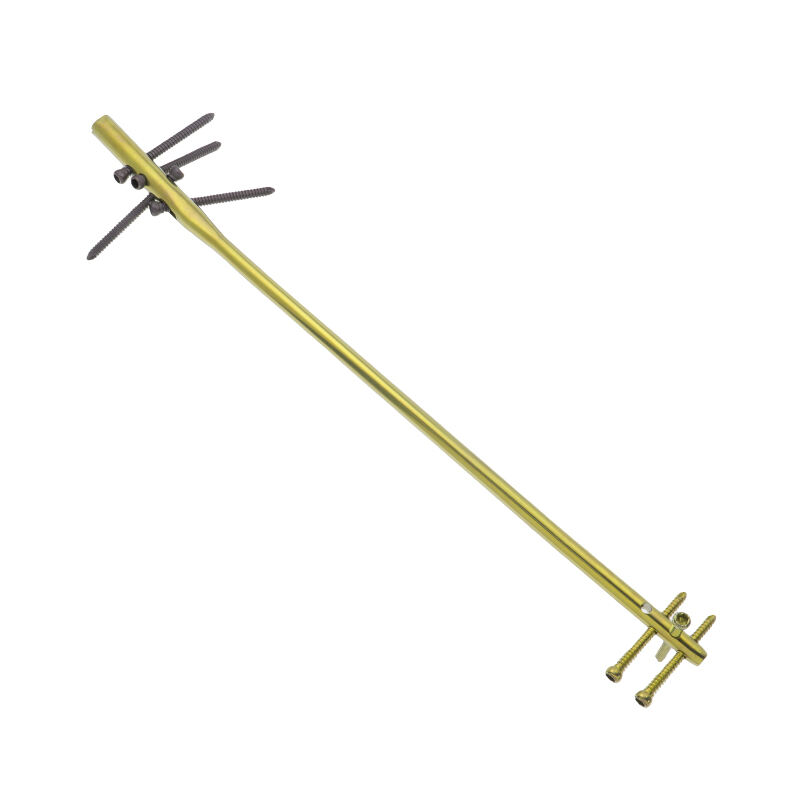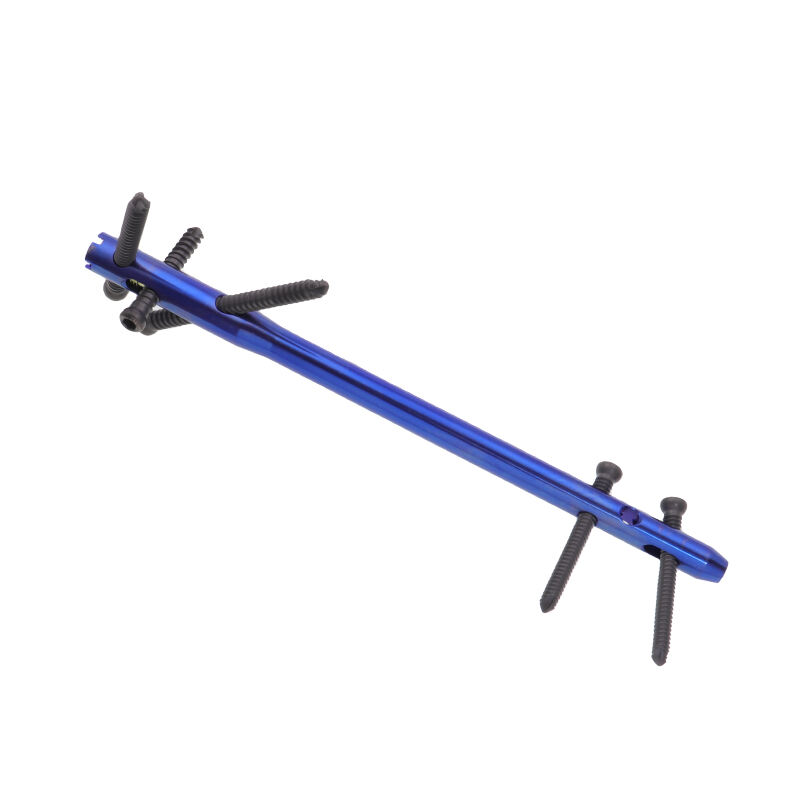intramedullary nailing procedure
Intramedullary nailing is a sophisticated surgical procedure designed to treat fractures in long bones by inserting a metal rod through the bone's medullary canal. This advanced orthopedic technique serves as a primary treatment method for various fractures, particularly those affecting the femur, tibia, and humerus. The procedure involves creating a small incision to access the bone canal, followed by careful insertion of a specifically sized metallic nail that provides internal support and stability to the fractured bone. The nail is secured using screws at both ends, ensuring proper alignment and promoting optimal healing conditions. Modern intramedullary nails are engineered using biocompatible materials and feature innovative designs that accommodate different fracture patterns and anatomical variations. This technique has revolutionized fracture treatment by offering minimal invasive options, faster recovery times, and improved patient outcomes. The procedure utilizes advanced imaging technology for precise placement and can be customized based on individual patient needs, fracture characteristics, and bone quality. The versatility of intramedullary nailing makes it applicable for both simple and complex fractures, including segmental and comminuted patterns.


